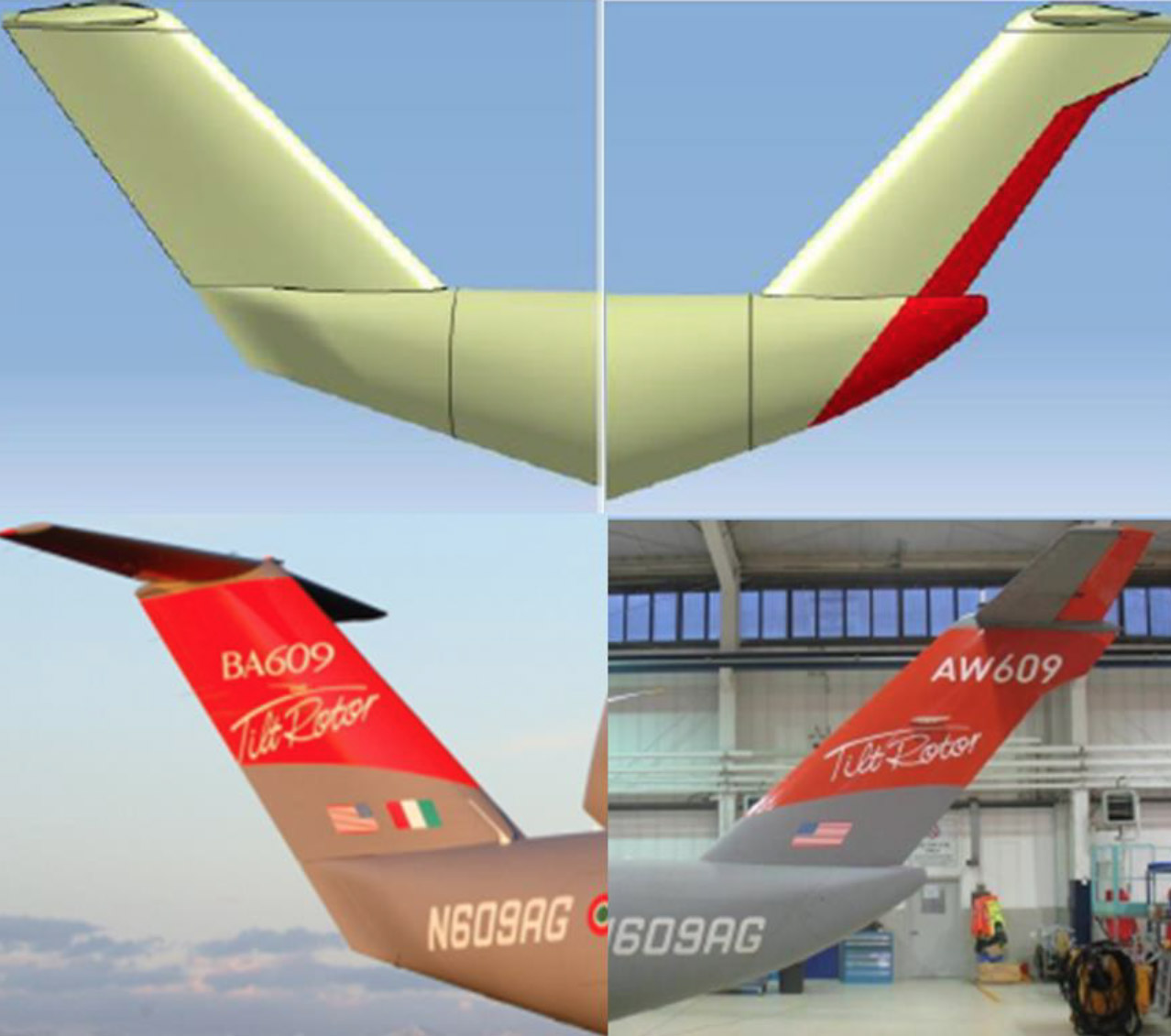Italy’s National Agency for Flight Safety (ANSV) has released its final report into the October 30 2015 fatal crash of Leonardo Helicopters’ AW609 prototype, identifying that severe latero-directional oscillations during a high-speed dive caused the tiltrotor prototype N609AG to breakup in-flight.
The 55-page report said the tiltrotor’s excessive yaw angle forced its proprotors to strike the leading edge of the wings multiple times, damaging the hydraulic and fuel lines and causing the aircraft to “become irredeemably uncontrollable”.
The ANSV reported that two other factors, the AW609’s flight control system (FCS) control laws and the project’s flight simulator, also contributed to the accident.
During the accident flight, the first to be conducted with a new streamlined fuselage in the tail and reduced tail fin surface, the pilots commenced a dive with a left 180 degree turn, targeting 293kt for the manoeuvre.

The report says the oscillation started on the roll axis about four seconds into the manoeuvre following the exit from the turn. A yaw oscillation was added to the initial slight roll oscillation shortly afterwards.
As the crew felt the oscillations increase in magnitude, about 23 seconds into the manoeuvre, the flying pilot tried to counter them with standard control inputs for the conditions. However, these standard inputs served to increase both the roll and yaw oscillations.
Excessive flapping of the proprotors, primarily due to the sideslip angle reached by the AW609, caused, initially, the right-hand proprotor to come into contact with the leading edge of the right wing which lead to the destructive inflight break-up of the aircraft.
To test the data obtained during the accident, the ANSV visited AgustaWestland in Philadelphia to use the AW609’s flight simulator, however it was not possible to reproduce the conditions that occurred during the accident.
“As evidenced by the tests carried out by the ANSV, the simulator demonstrated not being able to faithfully reproduce the dynamics occurred during test flight T664 reasonably due to the non-representativeness of the aerodynamic set, for the unique and extreme conditions encountered, obtainable in the wind tunnel for the new updated configuration including the tapered rear fuselage and the modified tail fin,” said the ANSV.
“Therefore, the [simulator] was not really able to properly carry out the role of test bench for the control laws and risk reduction.”
In its safety recommendations, the ANSV said the AW609’s FCS control laws should be reviewed in the management of the extreme flight conditions in which the aircraft could possibly fly and address the effectiveness of the flight controls inputs to avoid the possibility of unexpected and un-commanded coupling effects.
Additionally, the Agency called for the mandatory fitment of flight data recorders in experimental aircraft.
The AW609 has since resumed flight testing and Leonardo is now aiming to obtain FAA certification in 2018 ahead of first customer deliveries in early 2019.











